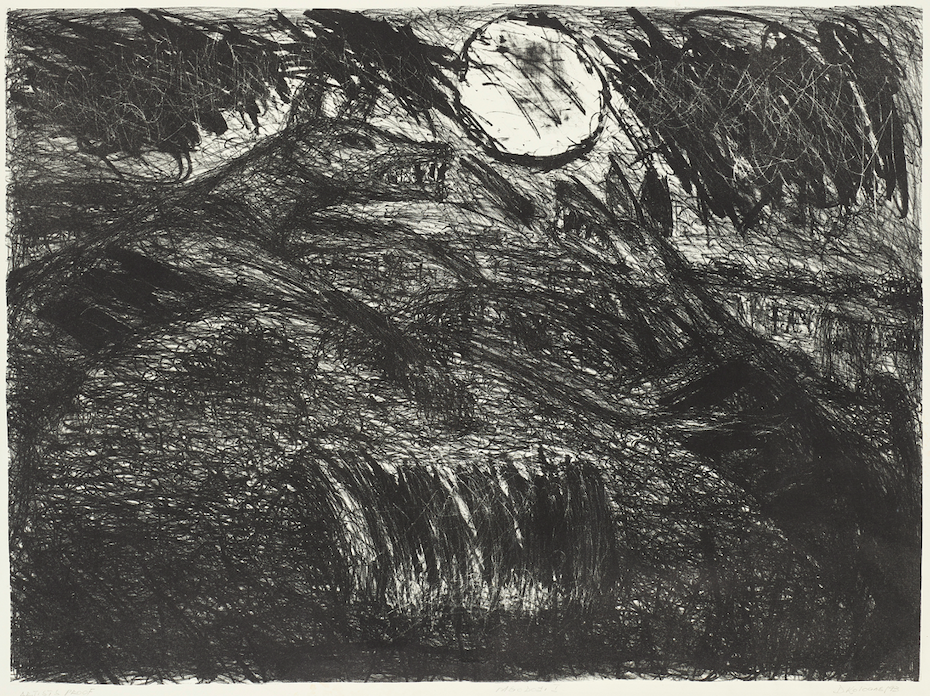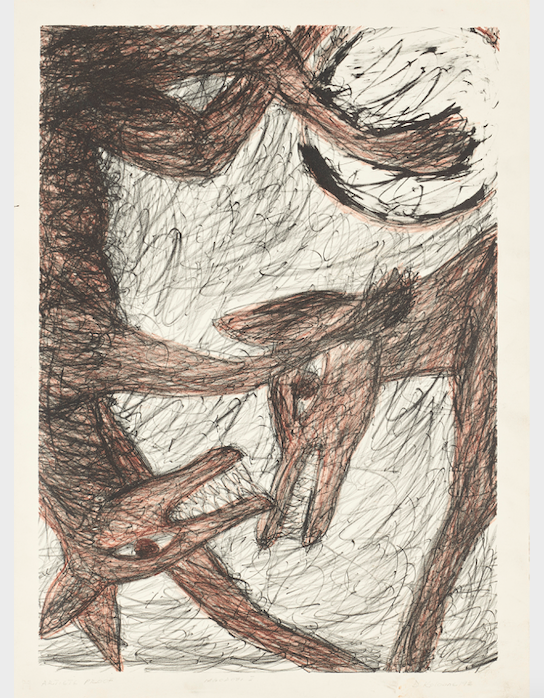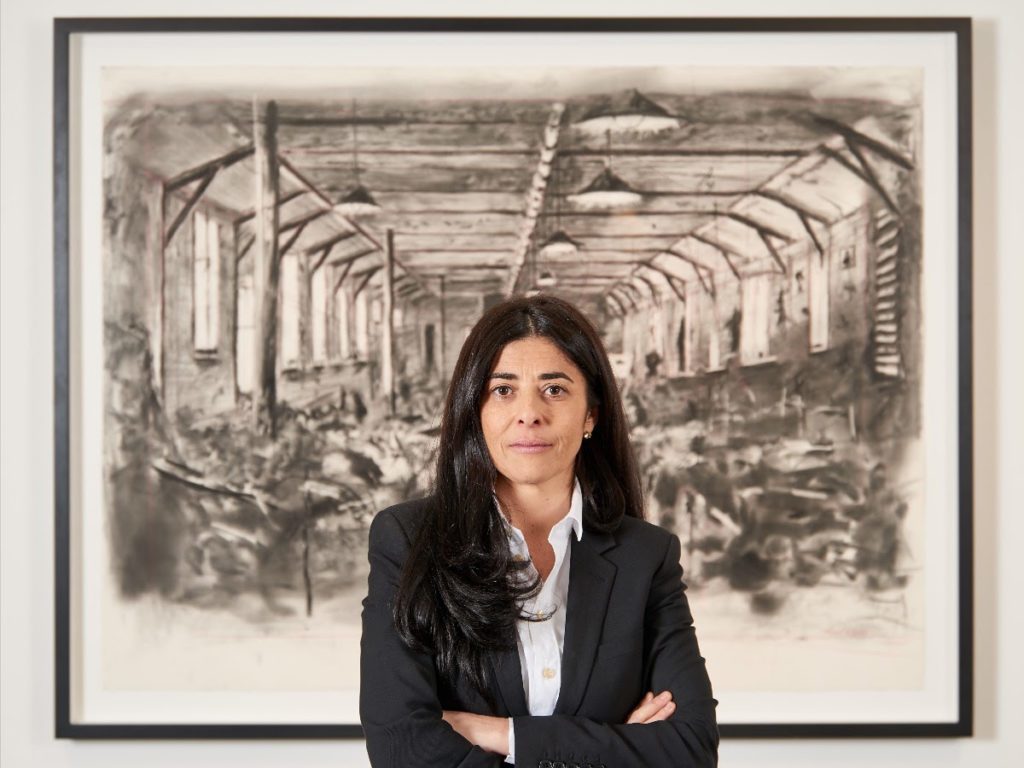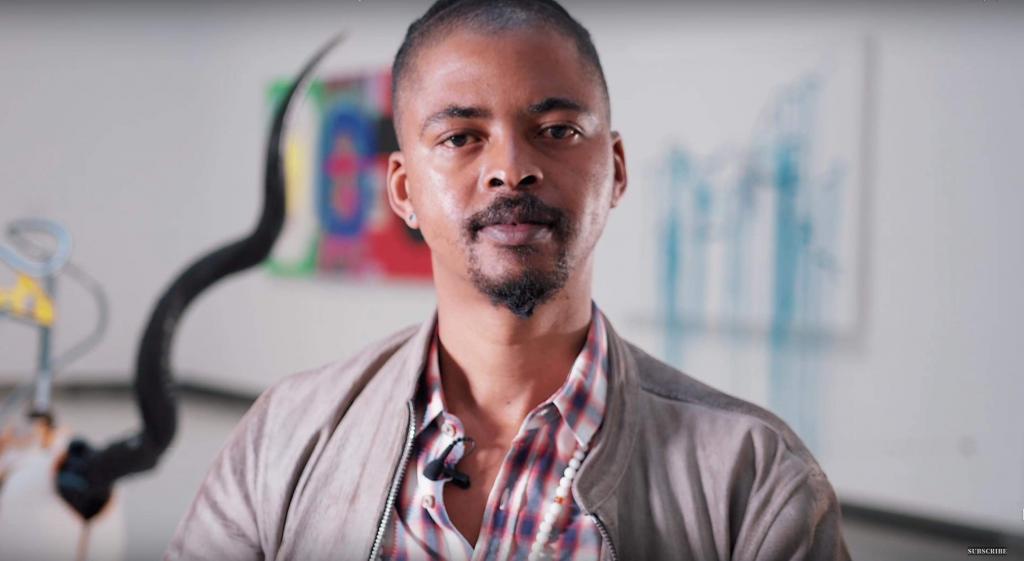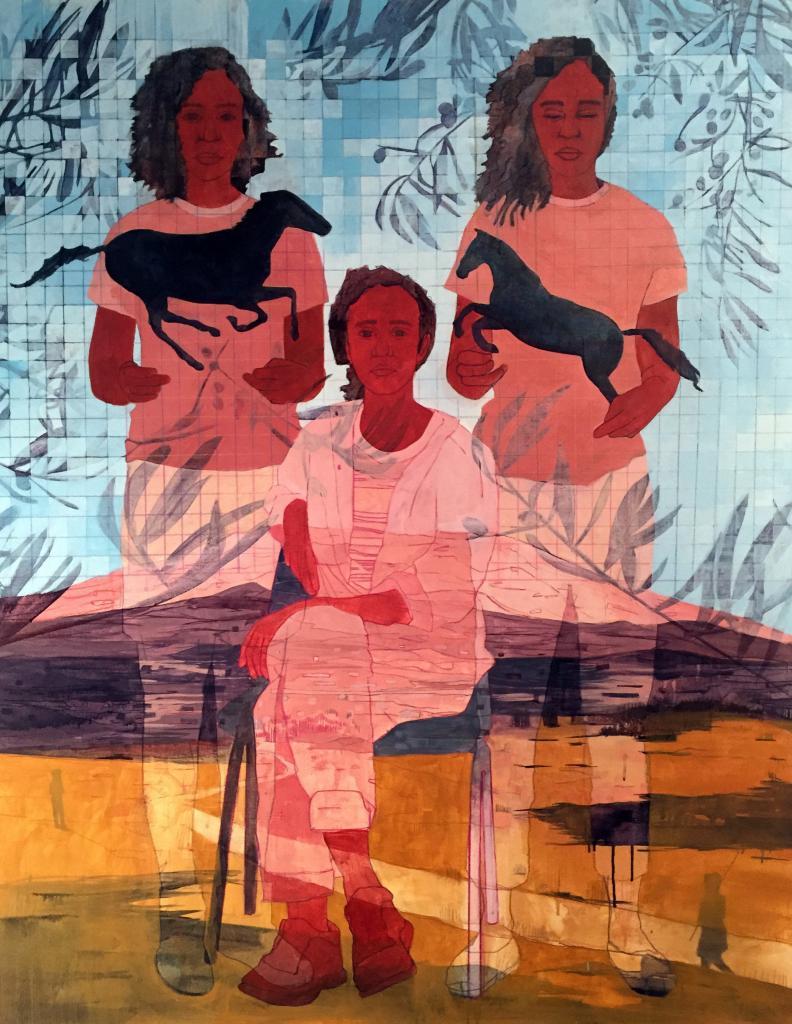David Koloane: A Resilient Visionary
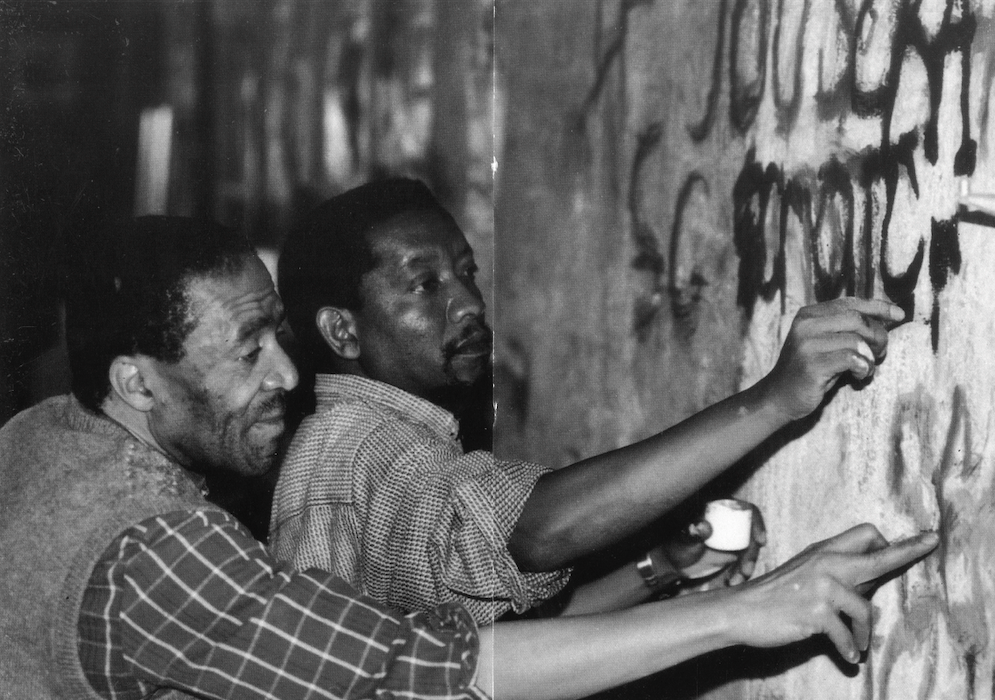
During the course of 2019, we lost a visionary; Ntate David Koloane. Koloane passed away at the age of eighty-one. At the time of his passing, three institutions were in the process of presenting different expressions of a major retrospective; A Resilient Visionary: Poetic Expressions of David Koloane at the Iziko South African National Gallery in Cape Town and Standard Bank Art Gallery in Johannesburg as well as David Koloane: Chronicles of a Resilient Visionary at the Wits Art Museum (curated by Dr Thembinkosi Goniwe).
The exhibitions set forth Koloane’s long career and give account to his contributions to visual arts in South Africa and internationally. His contributions are not only limited to his role as an artist; he was a writer, activist, teacher, curator, mentor and pioneer. Among his many legacies, he leaves behind the Bag Factory Artists’ Studios—a non-profit contemporary visual art organisation founded in 1991 to provide studio space, host residencies and organise outreach projects alongside regular exhibitions. Throughout the years, the Bag Factory has functioned as a critical resource for many Black artists who might not have had the opportunity to participate, practice and succeed within their respective fields. Bag Factory’s alumni include artists who have gone on to create sustainable careers such as Sam Nhlengethwa, Kagiso Patrick Mautloa, Tracey Rose, Gabi Ngcobo, Lady Skollie, Blessing Ngobeni and Bronwyn Katz.
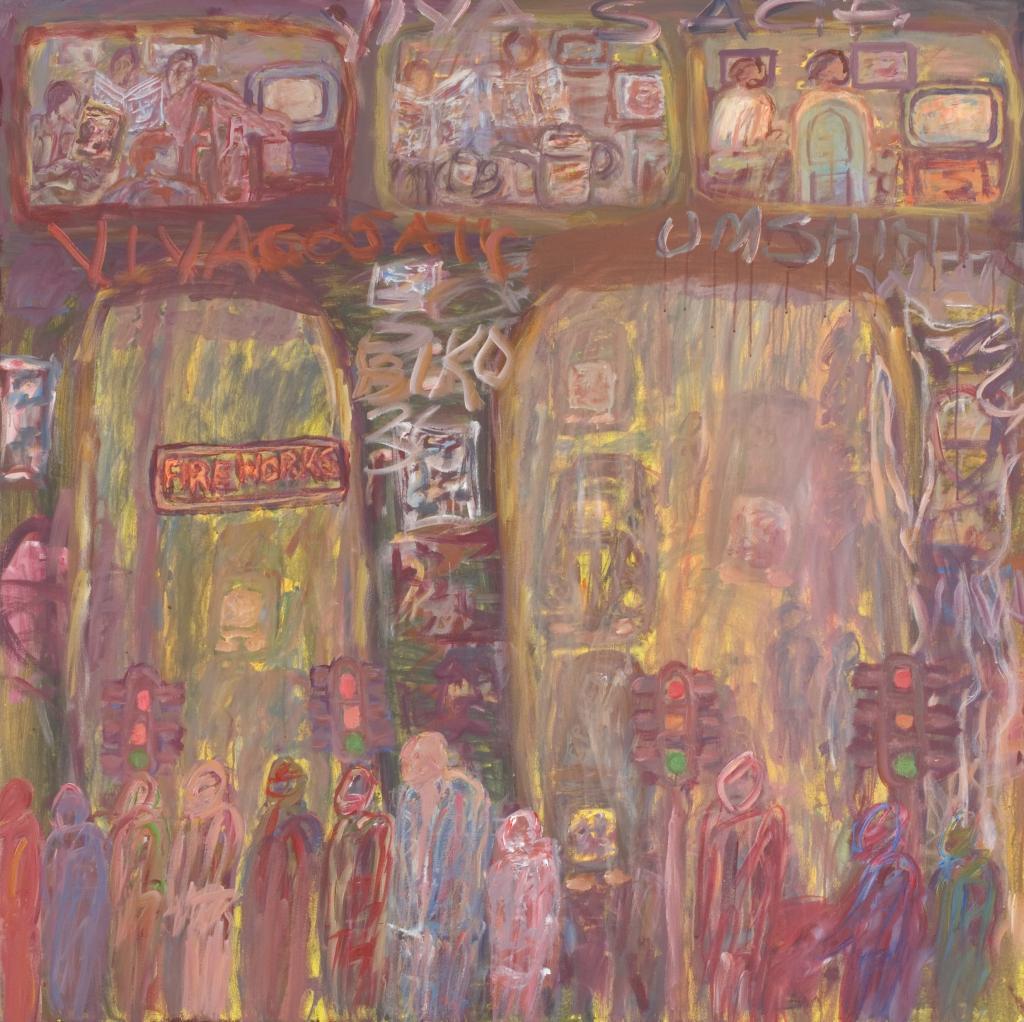
For a very long time, I have struggled with David Koloane’s work. I have always found it beautiful but in a manner that is difficult to put into words. I could not hold onto the typical tropes of beauty as harmony, unity and closure because Koloane’s work is opaque and presents unpredictability, imbalance, complexity, disorder, multiplicity, energy and openness….and these are the things that make it interesting. This struggle with discord and the disproportionate—flat planes of colour that collapse line, dimension and space—is really a struggle with the irrational, a struggle with acceptance of the chaotic.
Koloane’s paintings, drawings and prints use chaos as a spine along which meaning is created. He blended colour and produced complex imagery that can be heard as much as it is seen. We don’t only see imaginative expressions of the human condition and the difficult conditions of life in the city, we hear these stories through the echo and reverberation of line, depth and texture—this is sound reasoned through images.
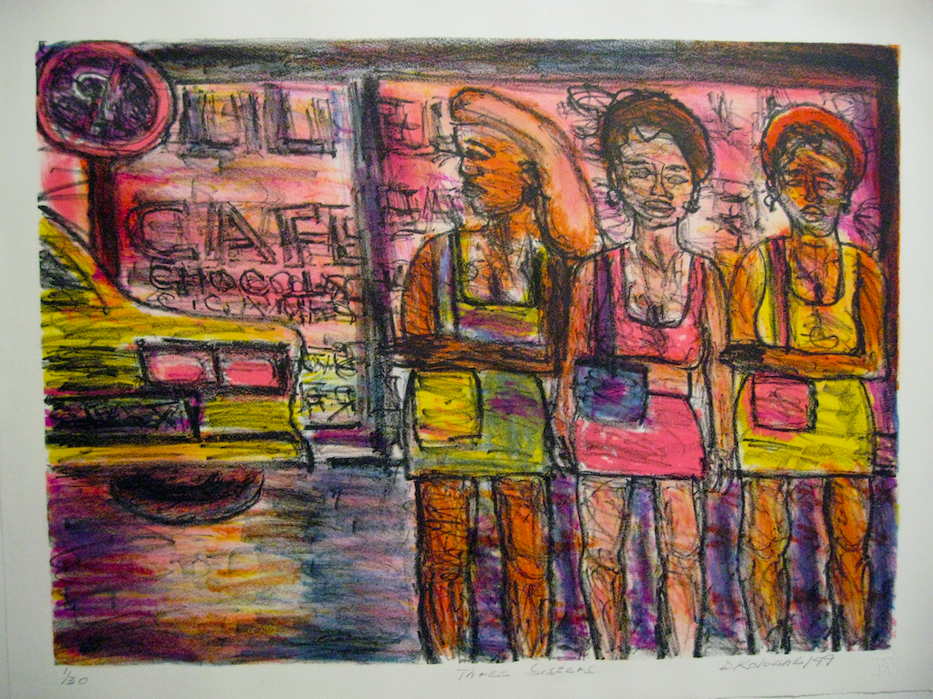
If we think about Koloane’s work through the lens of disharmony and discord, we begin to make sense of compositional elements that initially seem opaque; paths and boundaries created by pencil or brush run through points to create hurried outlines that shape the image of the city—traffic, tall buildings, ladies of the night, musicians, card players and bothersome pigeons than make up the cityscape.
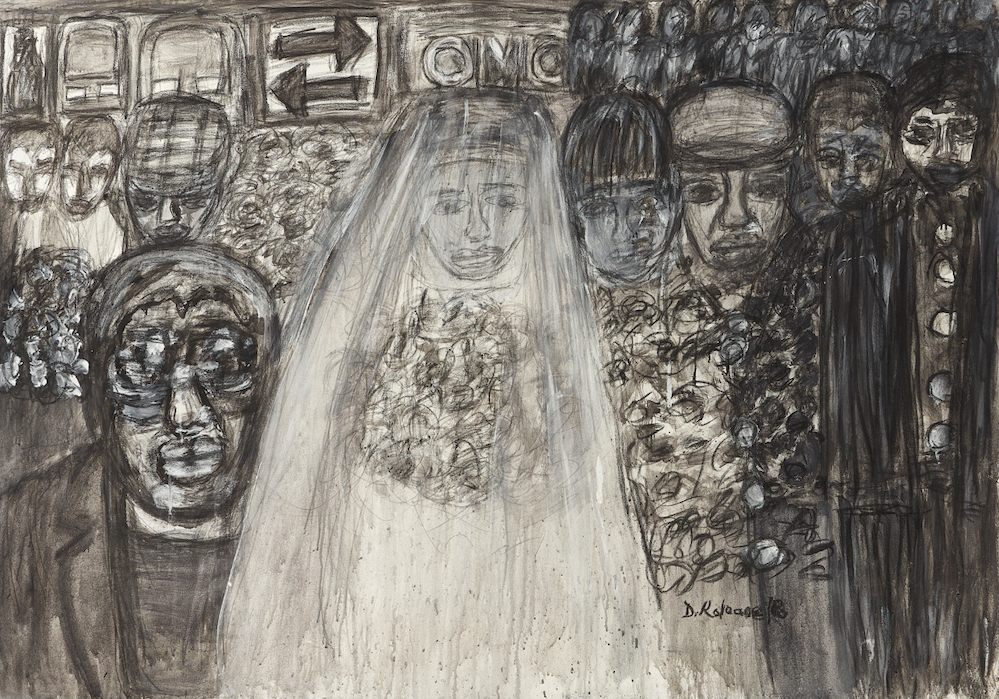
In order to appreciate Koloane’s work, I had to learn to look in a new way —I had to focus on detail while also opening myself up to expressions beyond ordinary understandings of beauty. I had to open myself up to the entire field of the irrational. The irrational as a visual language that is ardent, vivid and evocative. Koloane’s visual language taught me about the possibility of seeing the disharmonious as beautiful.
May your soul rest in peace Ntate David Nthubu Koloane.
